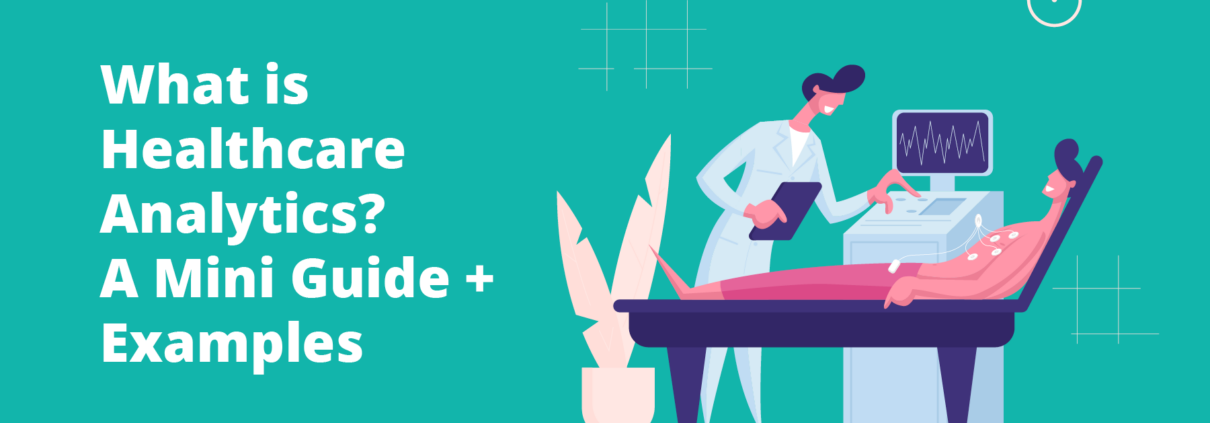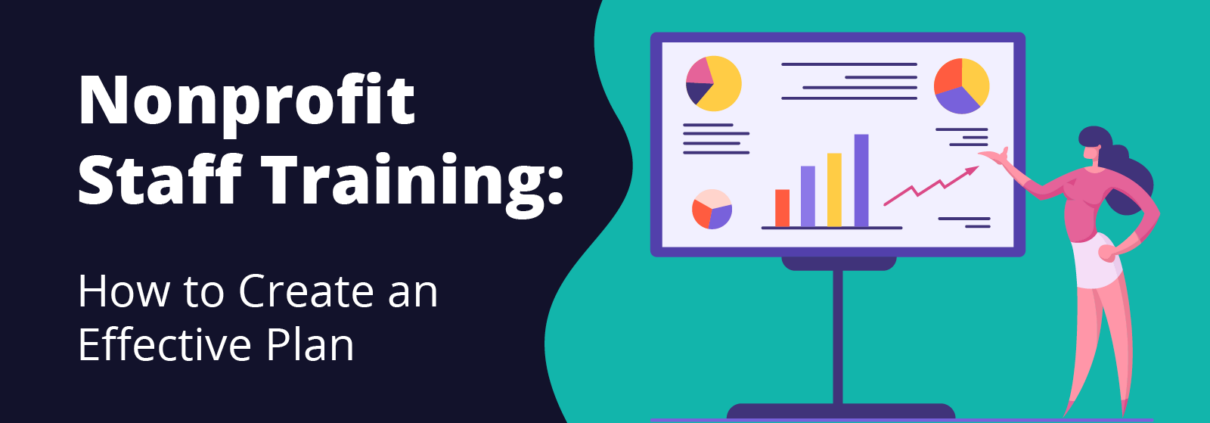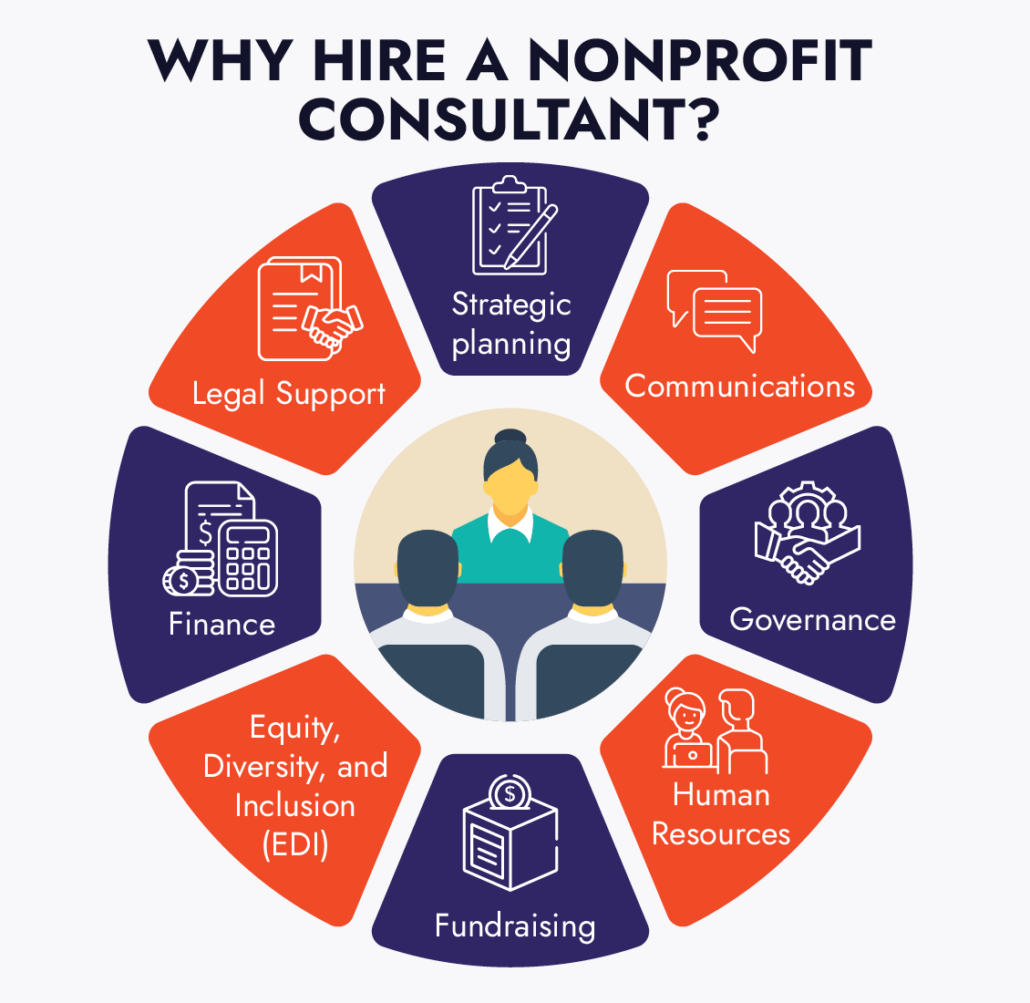What is Healthcare Analytics? A Mini Guide + Examples
Can data analytics save lives? Many seem to think so. The Big Data Analytics healthcare industry is projected to be worth multimillion USD by 2029 as people put more faith in its potential to improve patient care, streamline operational efficiency, and contain costs.
Additionally, big data analytics solves the problem of healthcare’s formidable data volume problem, as it’s estimated that the average hospital produces roughly 50 petabytes of data every year—more than twice the amount of data housed in the Library of Congress.
So what exactly is healthcare data analytics and how can it help today’s healthcare landscape? Read on to learn the answers to these questions.
Key components of healthcare analytics
According to Arcadia, healthcare analytics refers to the “systematic use of data and statistical analysis techniques in the healthcare industry.” Specifically, it involves:
- Data collection. Patient records, claims data, clinical trials, and research are all collected data types in the healthcare industry. Comprehensive and accurate data collection sets the tone for meaningful analysis and actionable results.
- Data management. Data cleansing, integration, and storage all fall under data management. A robust analytics platform is necessary to facilitate these processes in a structured and HIPAA-compliant manner.
- Data analysis. Most people assume that analysis is a part of healthcare data analytics. Rightfully so, as applied predictive, prescriptive, and descriptive analytical approaches provide recommended decision-making based on analyzed results. This translates to predicting diagnoses, identifying at-risk patients, and more.
- Data visualization and reporting. Making large amounts of data visually digestible is essential in the fast-paced world of healthcare. Analytics tools and techniques break complex metrics down into understandable dashboards, charts, and graphs that can enhance quick and knowledgeable decision-making.
Healthcare analytics involves all of these processes to generate the most value. However, implementing analytics software can be a challenge for many organizations, as consolidating data from disparate sources can lead to duplication, inconsistencies, and compliance hazards. That’s why many decide to partner with an analytics vendor to guide them through the implementation process and help them achieve their full analytical power.
Real-life examples of analytics in healthcare
Analytics supports and revolutionizes the digitalization of healthcare systems by changing the way patient data is collected, accessed, and analyzed. To understand healthcare analytics in action, let’s review a few examples.
Electronic health records
Electronic health records or EHRs are comprehensive digital records detailing a patient’s health information. Patients can become misdiagnosed without accurate and updated EHRs if providers cannot access the full patient history or claims data.
However, combining and migrating patient data is technically intensive and can open the door for data to get lost. This is where EHR management and integration come into play. With EHR integration software, providers can access high-quality, comprehensive data at the point of care, leading to the following benefits:
- Clinical decision support. Medical history, demographic information, allergies, lab results, and more can support a provider’s diagnosis and treatment plans. With comprehensive details, providers can more easily identify health patterns and employ preventive measures.
- Patient engagement and retention. EHR integration allows hospital systems to go paperless, opening the door to more face-to-face interaction with patients. Additionally, cleaner and more organized patient data invites patients to better understand their health status and take steps toward self-care management.
- Care continuity and collaboration. In today’s fragmented healthcare system, it’s easy for medical professionals to unintentionally misdiagnose due to a lack of patient data. EHR integration unifies care teams to collaborate and problem-solve through organized file management and secure transferability.
Although the EHR is a reliable management solution, not every country has fully implemented it. Fortunately, the U.S. has committed to an EHR system, with a total of 94% of hospitals adopting it. However, other countries, including those in the EU, are hesitant to make the leap. If they do decide to exchange health records across borders, it will open up the door for cross-border, cohesive patient care.
Patient outreach and engagement
Analytics also has a hand in revolutionizing patient outreach and engagement. With AI-enabled tools, healthcare analytics technology can scale engagement efforts to ensure individual patients receive the follow-up care they need to experience optimal health outcomes.
Analytics software tools use algorithms and risk models to zero in on at-risk patient groups. In turn, this optimizes resource allocation, closes care gaps, and relieves care teams of extensive outreach planning efforts. For example, with analytics, care teams can automate targeted outreach efforts to complete the following care objectives:
- Preventive care and screening reminders. Healthcare professionals can use analytic outreach tools to send informed preventive care messages such as vaccination, screening, and flu shot reminders. This ensures patients receive timely care and safeguards against the risk of illness progression.
- General appointment reminders. No-shows and other scheduling complications can increase costs and decrease patient satisfaction. Automated analytic outreach tools send appointment reminders via text, email, and phone calls to ensure patients attend scheduled appointments and maximize resource healthcare utilization.
- Emergency alerts and notifications. Providers can use automated alerts to update patients during times of public health emergencies, send information on recalls of medications or medical devices, and inform them of any other urgent updates they’ll benefit from receiving.
AI-enabled audience segmentation allows care managers to send out timely reminders to those who are most at risk. In the case of providers and patients, it’s a win-win allowing providers to experience a decreased administrative workload and patients to experience better health outcomes.
Staff management and coordination
The implementation of healthcare analytics can also lead to streamlined staff management and coordination. This is especially helpful as many healthcare organizations face extreme staffing shortages that threaten to disrupt workflows and lead to an even greater retention risk.
By using data-driven insights, analytics help optimize staff management and pave the way for increased employee engagement. As an example, providers can use predictive analytics to forecast staffing needs, such as by analyzing historical patient volume fluctuation and planning sufficient staff during peak times like flu season.
Another staffing use case would be the evaluation of staff to create action plans for areas of improvement. This could be translated into refining communication of employee expectations or optimizing employee recruitment to narrow an organization’s list of candidates to those that best fit your culture.
Healthcare analytics tackles operational, clinical, and cost hurdles. Although some organizations may be hesitant to implement analytics software, its growing market value and relevant use cases speak to its ability to simplify workflows and improve patient outcomes. If you’re curious about how analytics can transform your healthcare organization, consider watching the technology in action by researching the top vendors and watching product demonstrations.


